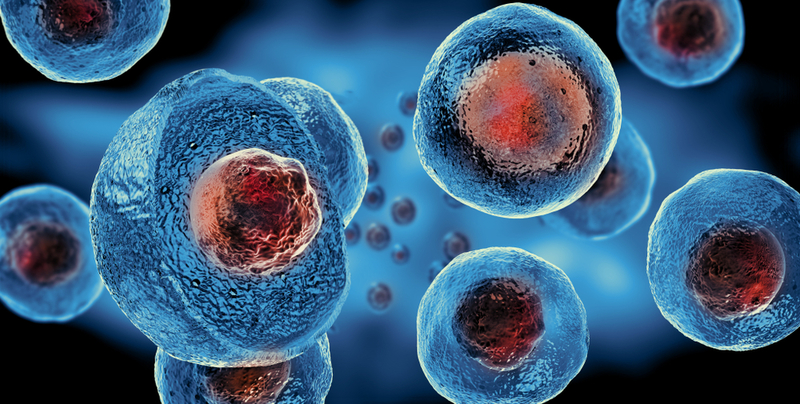CCMB working on stem cell biology for treating muscle diseases
UNI Jul 26, 2018
Hyderabad-based Centre for Cellular and Molecular Biology (CCMB), a part of the Council of Scientific and Industrial Research (CSIR), is conducting basic research in stem cell biology for treating muscle diseases in coming future, said Dr Jyotsna Dhawan, Chief Scientist of CCMB, on July 25.

Addressing in a press conference about the latest findings in Stem Cell Maintenance, Dr Dhawan said muscular dystrophy happens in our DNA because of mutation and in muscular dystrophy muscle starts to regenerate. Muscle stem cells sleep quietly by changing molecular partners, this is important for muscle regeneration.
"Muscular dystrophy is incurable disease and scientists all over the world are trying to find the medicine for it," she said. "Most cells in adult tissues have permanently ceased proliferation. However, stem cells in regenerating tissues must attain and maintain a temporary state of quiescence so that a reserve pool is available for future unpredictable bouts of repair," the Chief Scientist said.
The programs that control the cell cycle and differentiation are coordinated to ensure the correct balance of stem cells and differentiated cells in regenerating tissue, but the mechanisms that direct cells into reversible vs. irreversible arrest are poorly understood, she said.
The latest paper from Dr. Jyoysna Dhawan’s lab at CSIR- Centre for Cellular and Molecular Biology, Hyderabad published in the journal Science Signalling on July 24, brings in an unexpected interaction between Lef1 and Smad3. This paper highlights the importance of the Lef1-Smad3 duo in maintenance of quiescence and self-renewal of muscle stem cells (MuSCs).
To emphasize the importance of the result, CCMB Director Dr. Rakesh Kumar Mishra said findings of this study- that cross talk between two signalling pathways that functions like a switch for a stem cell to decide whether to ‘divide’ or ‘wait’ uncovers an important phenomenon in biology. That this switch can be modulated also presents a new era for medical intervention in diseases related to muscle.
Ajoy Aloysius, PhD student in Dr Dhawan’s lab, who also the first author of this paper has worked on finding alternate mechanisms to activate Lef1-mediated genes in sleeping MuSCs, said sleeping stem cells make new molecular partnerships, this finding will help to devise new therapeutic strategies to enhance the stock of stem cells in diseased muscles. "Pursuing this line of research can potentially improve muscle regeneration and reduce muscle wasting.” he added.
-
Exclusive Write-ups & Webinars by KOLs
-
Daily Quiz by specialty
-
Paid Market Research Surveys
-
Case discussions, News & Journals' summaries